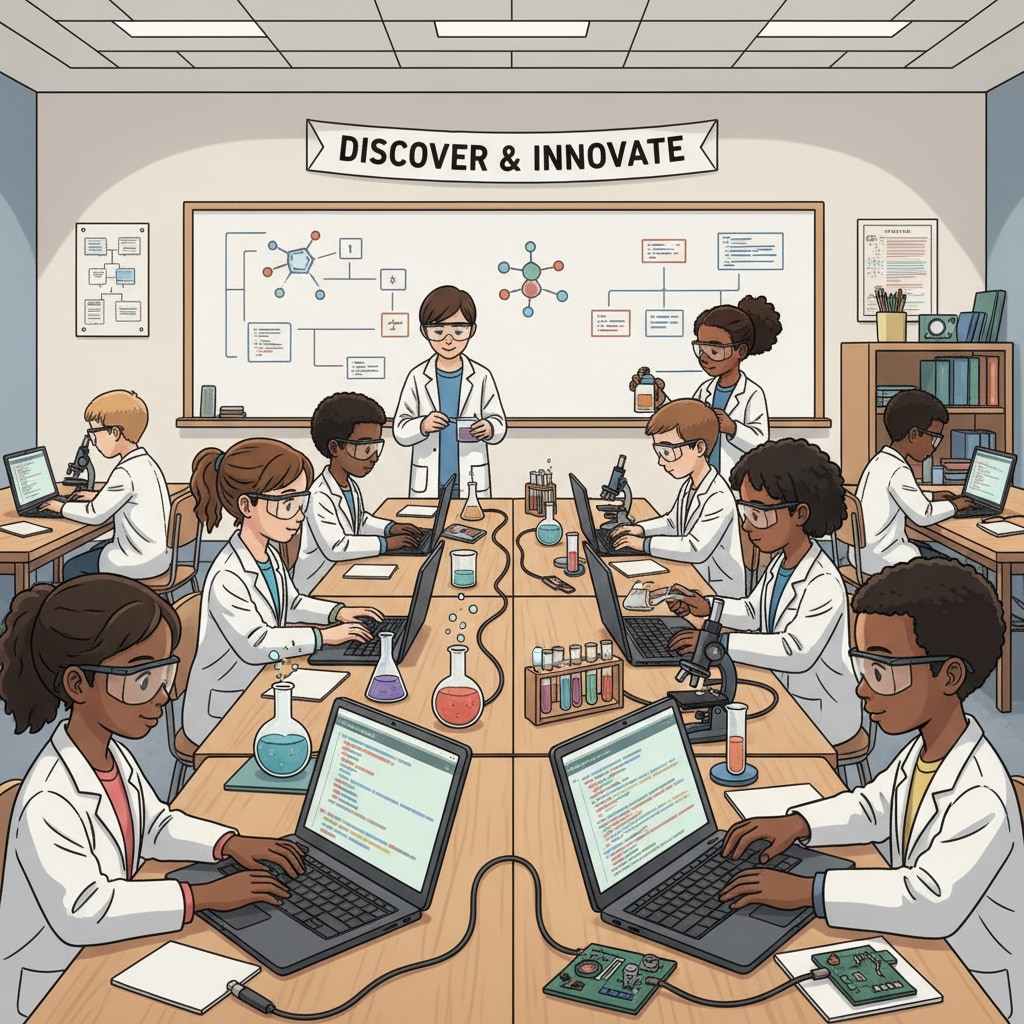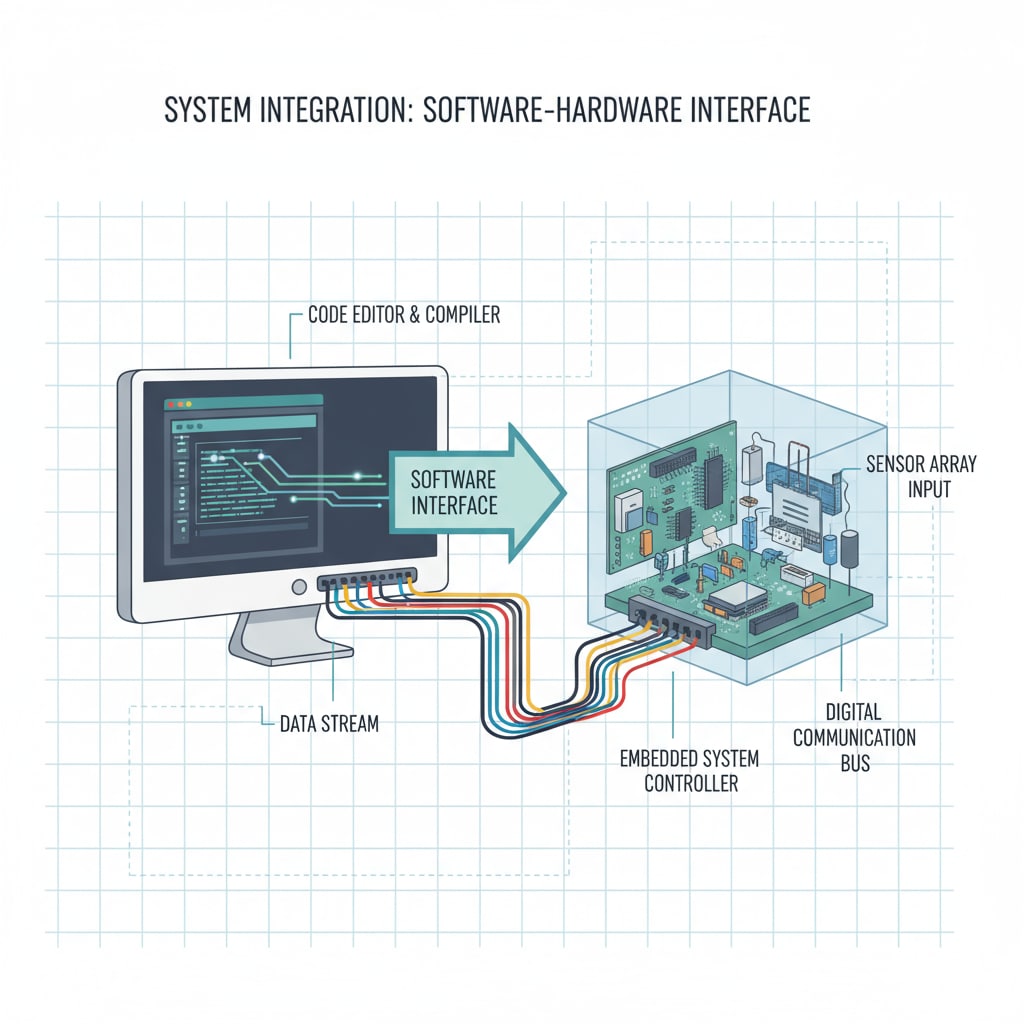Software engineering, degree transition, computer engineering, and career planning are crucial aspects for students, especially when considering the leap from the software realm to hard science fields. In today’s rapidly evolving technological landscape, the demand for individuals with a blend of skills from both software engineering and hard sciences is on the rise. K12 education plays a pivotal role in laying the foundation for such a diverse skill set.

The Need for Interdisciplinary Learning in K12
In K12 education, the traditional separation between software engineering – related subjects like coding and hard science disciplines such as physics or chemistry is becoming increasingly obsolete. For example, in modern robotics projects, students need to not only write code (software engineering aspect) but also understand the mechanical and electrical principles (hard science concepts) to make the robot function properly. Therefore, integrating these two areas of knowledge from an early age can better prepare students for future academic and career choices. According to Interdisciplinary Studies on Britannica, interdisciplinary learning promotes a more comprehensive understanding of complex problems.
Cultivating Tech Thinking in Software Engineering and Hard Sciences
To foster the right kind of tech thinking, K12 curricula should include hands – on projects. For instance, creating a simple mobile app that measures environmental factors like temperature and humidity. This requires knowledge of software development for the app interface and understanding of the scientific sensors (hard science) used to collect data. Additionally, introducing students to real – world examples of how software and hard sciences collaborate, such as in medical imaging technology, can inspire them. As a result, students will start to see the connections between the two fields.

When it comes to career planning, students who have been exposed to both software engineering and hard sciences in K12 are better positioned. They can more easily make decisions about degree transitions later on. For example, a student interested in computer engineering may find it easier to transition from a software – focused high school experience to a computer engineering program in college, as they already have a basic understanding of both software and hardware concepts. Looking at Computer Engineering on Wikipedia, we can see the broad range of skills required in this field, which can be better prepared for through K12 interdisciplinary learning.
Readability guidance: By using short paragraphs and lists, we can clearly present the key points. Each H2 section provides practical examples and explanations. The passive语态 is minimized, and transition words are used throughout to ensure a smooth flow of ideas.


